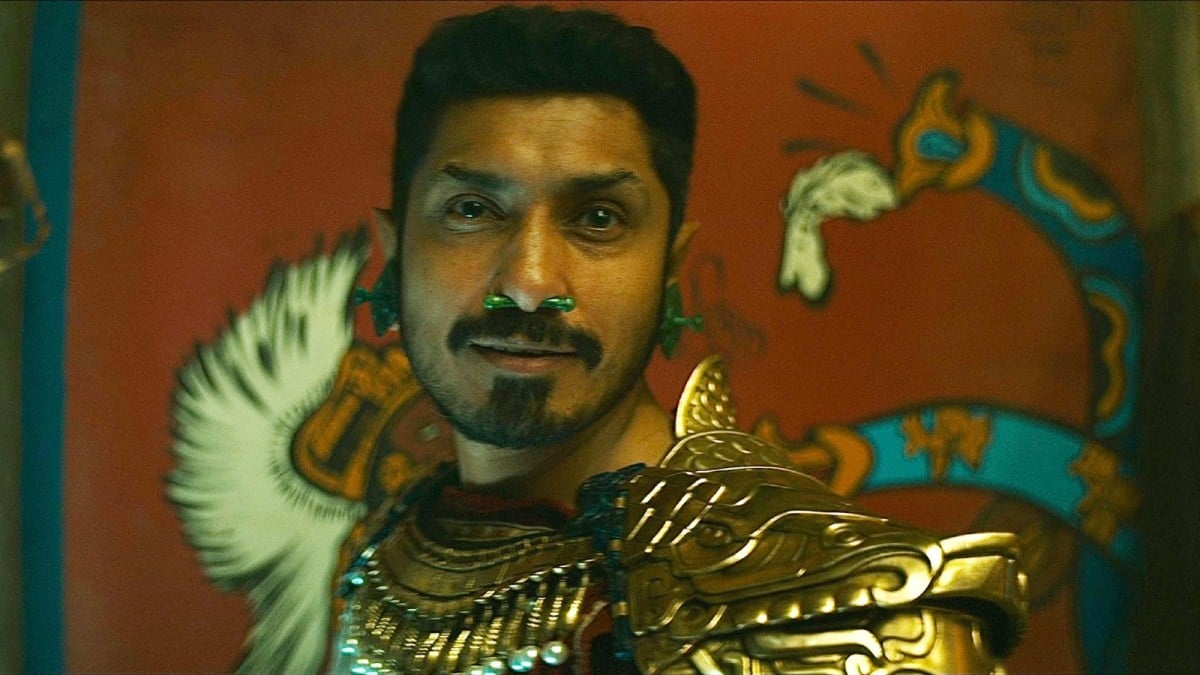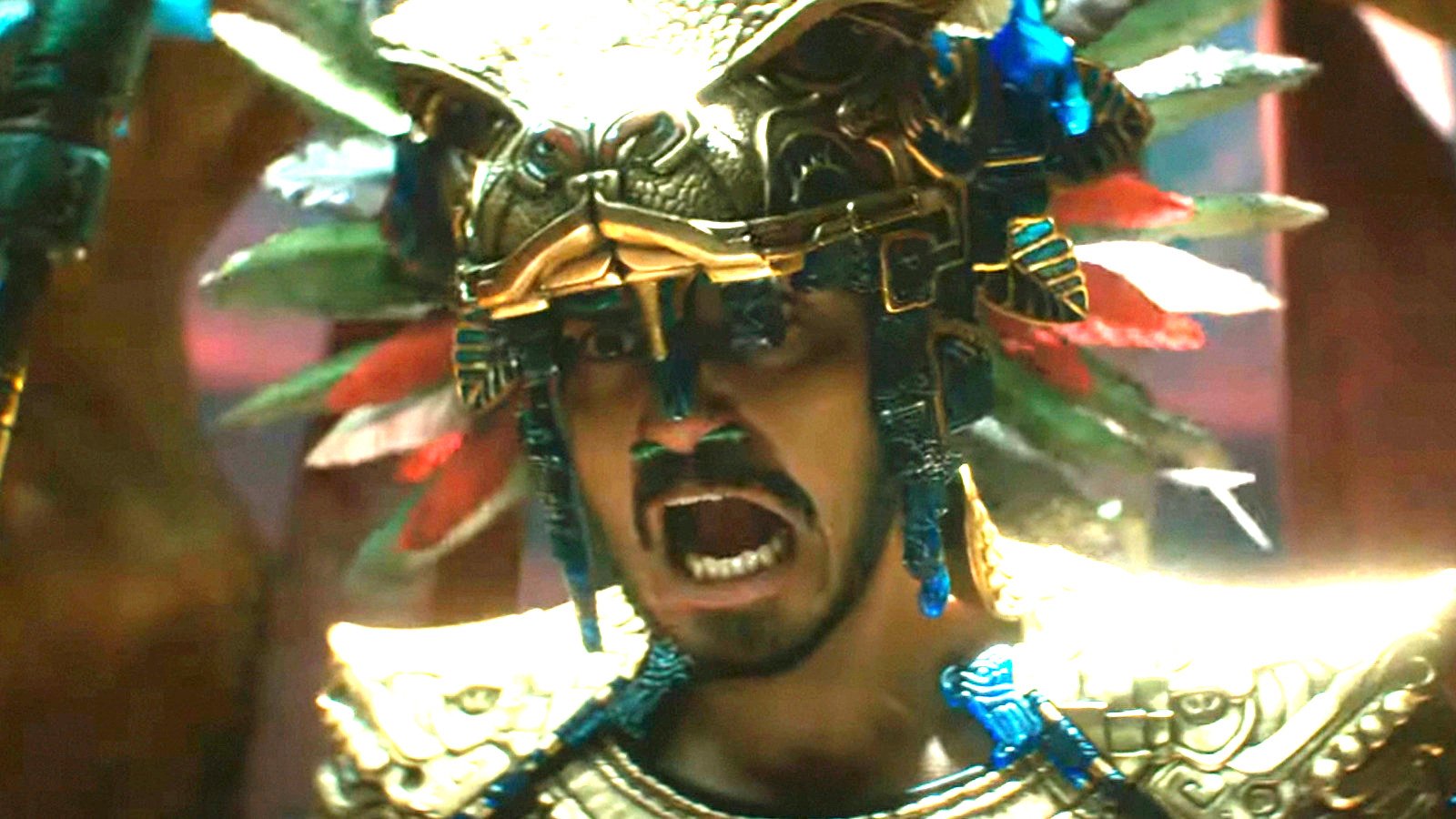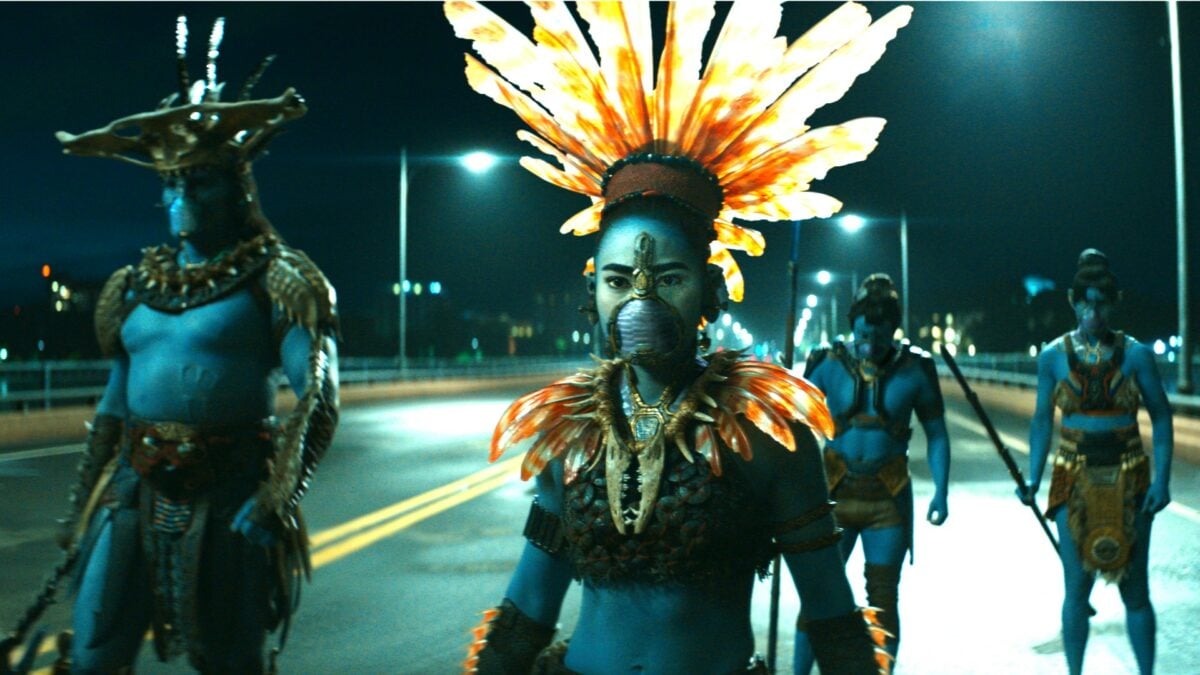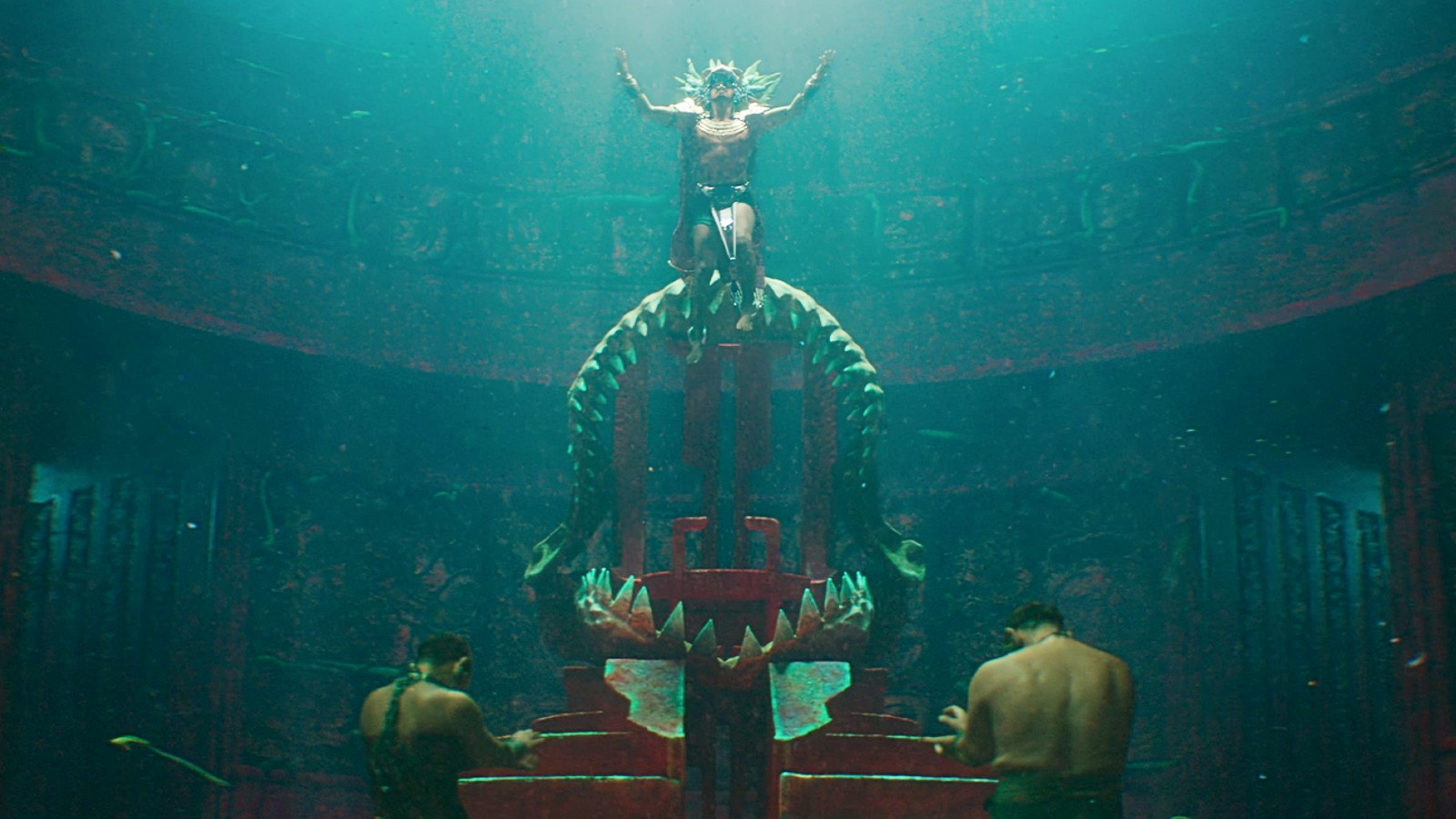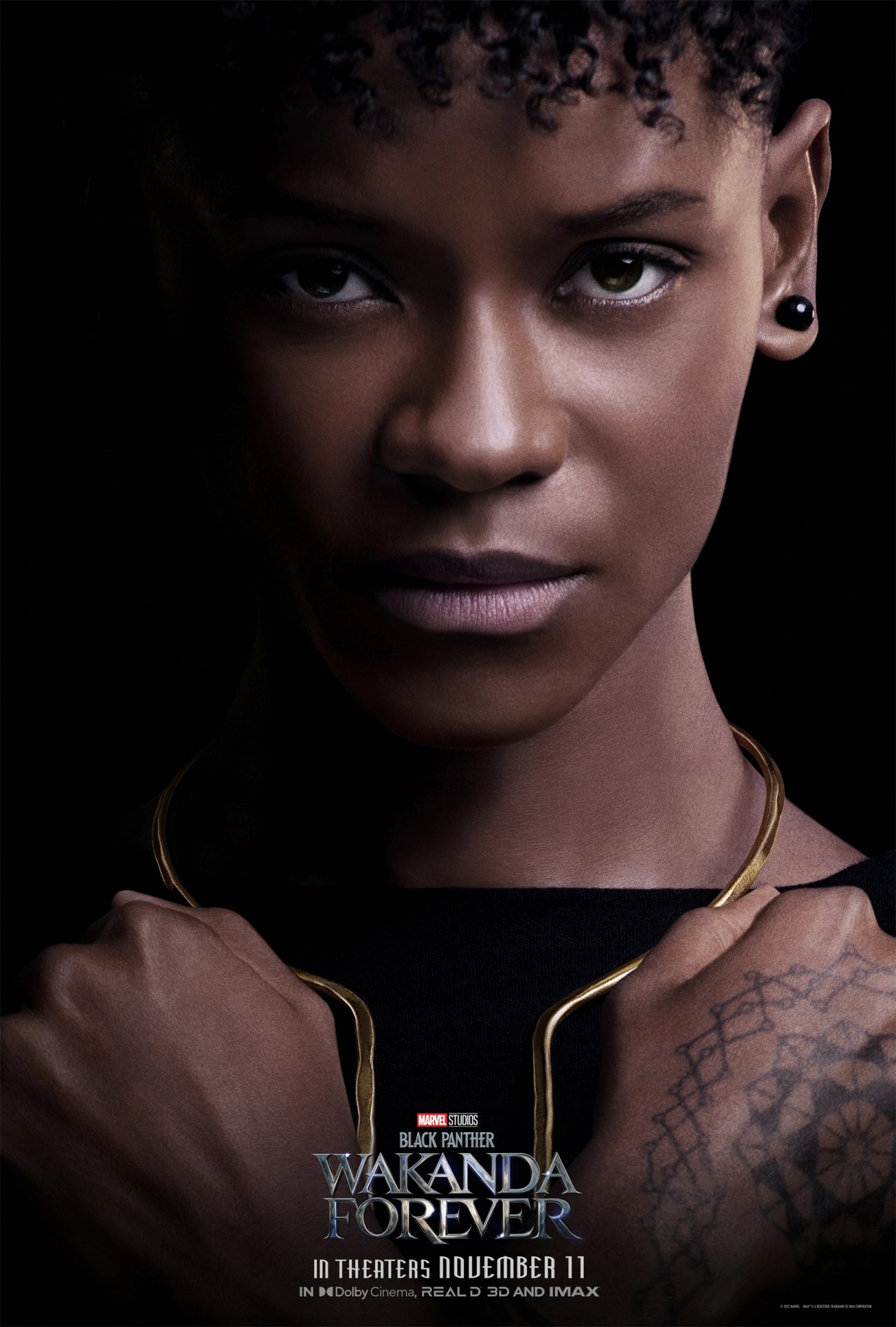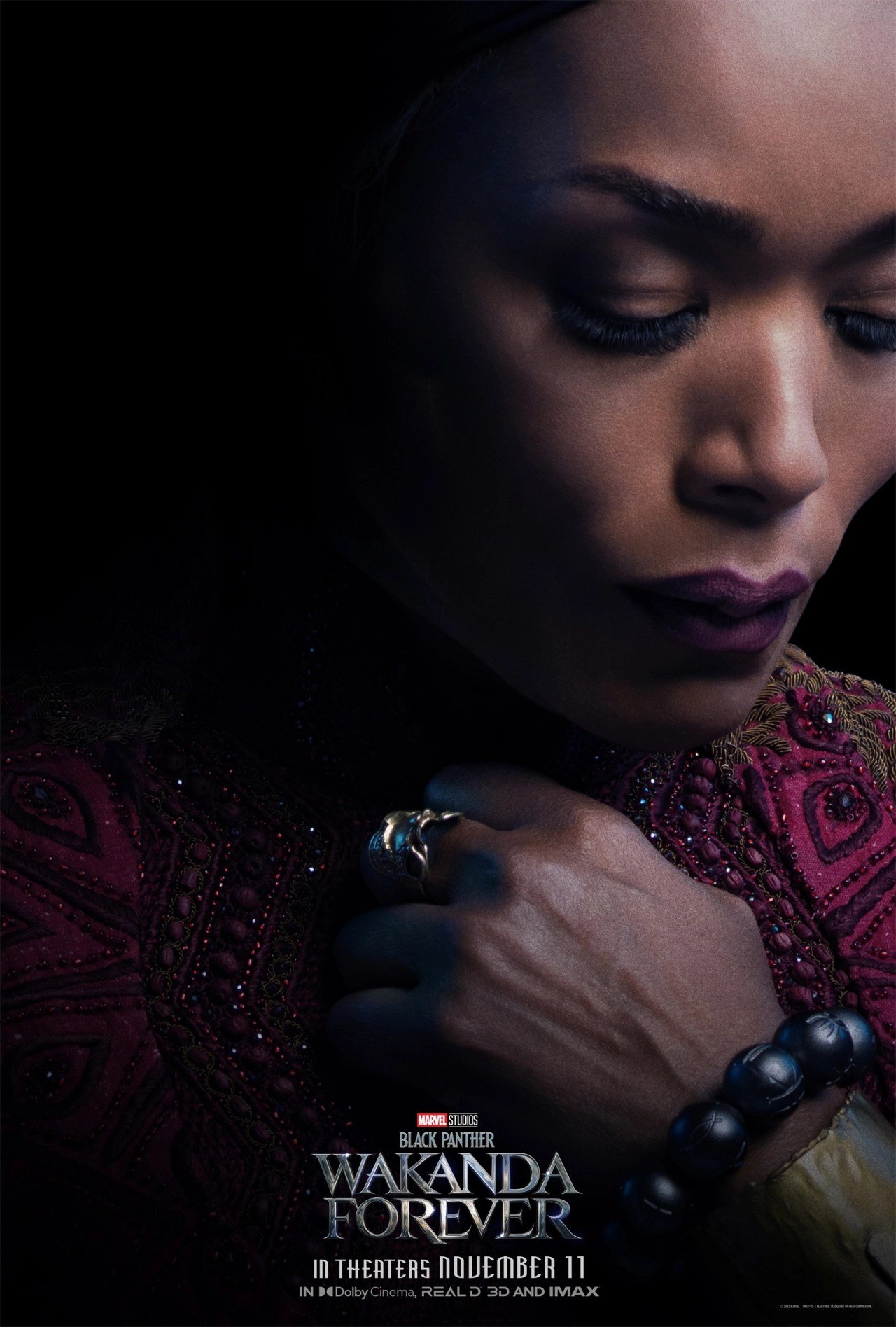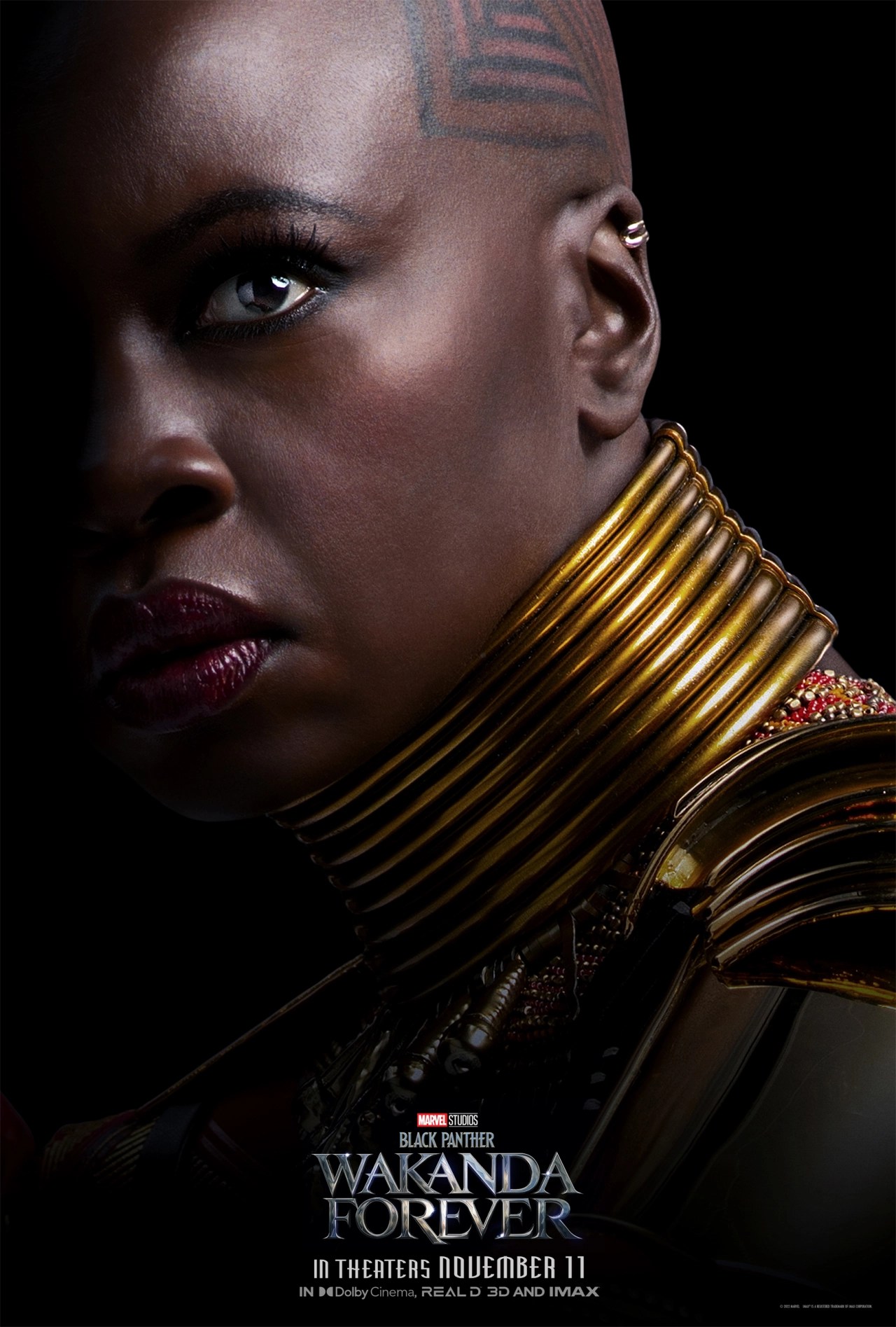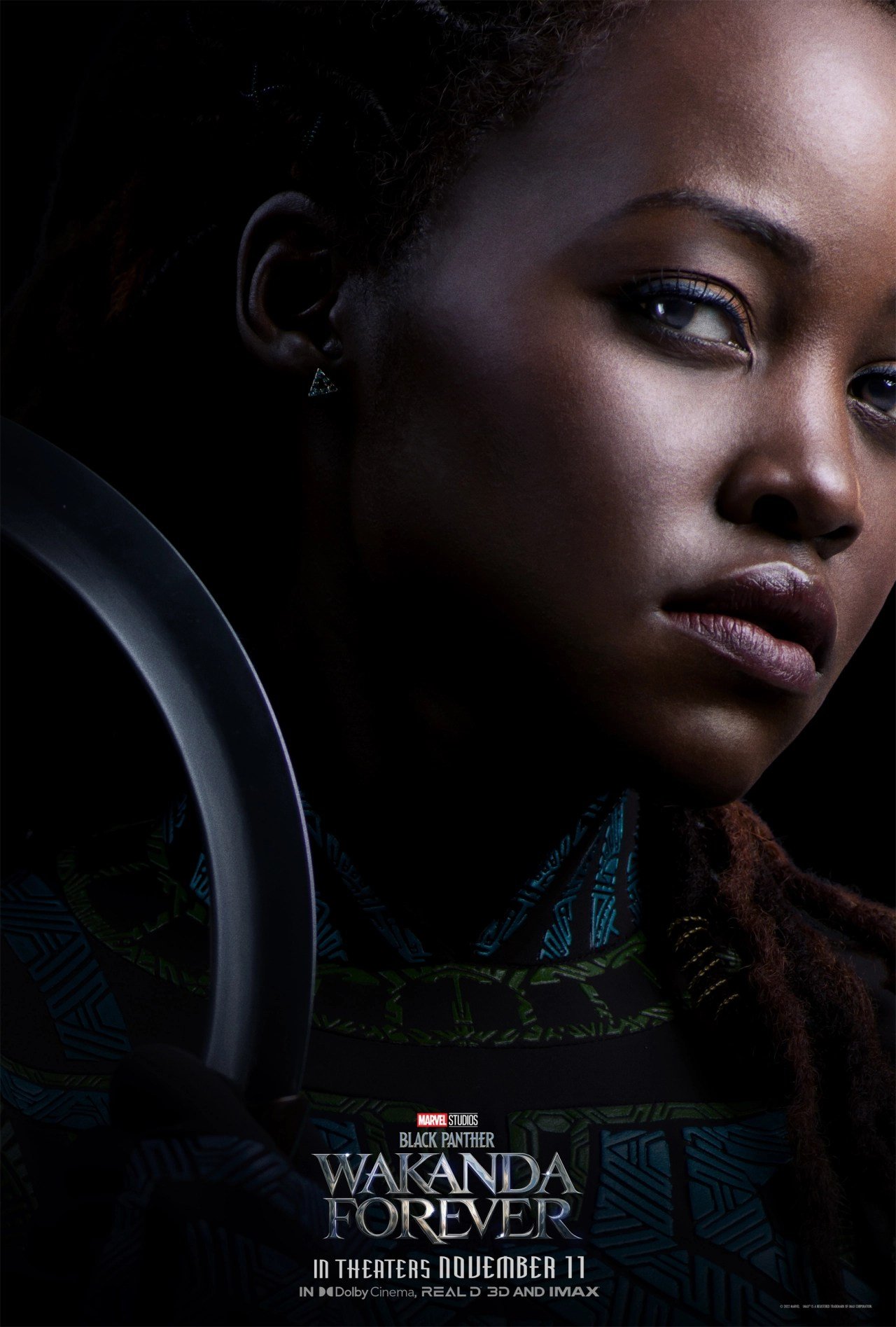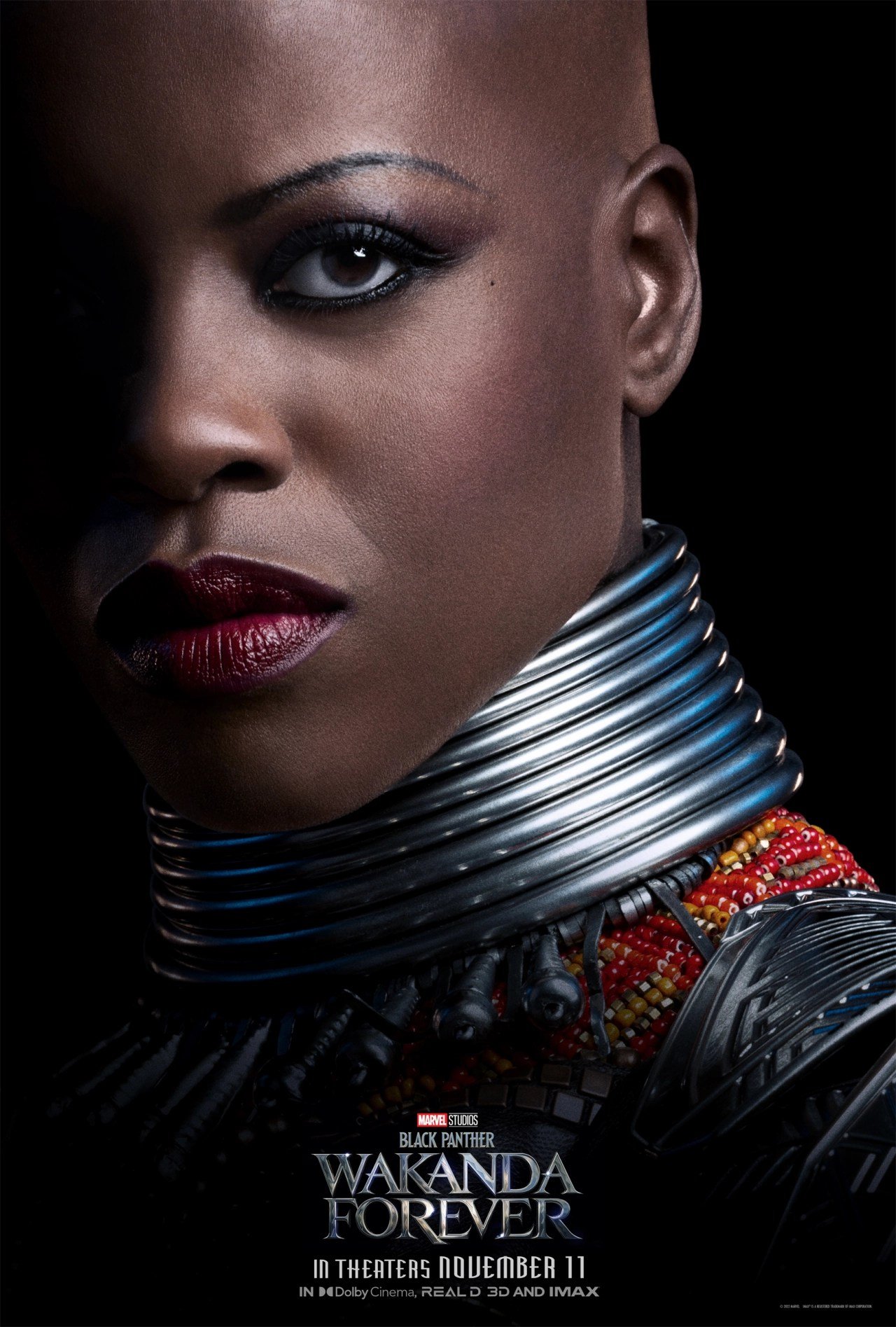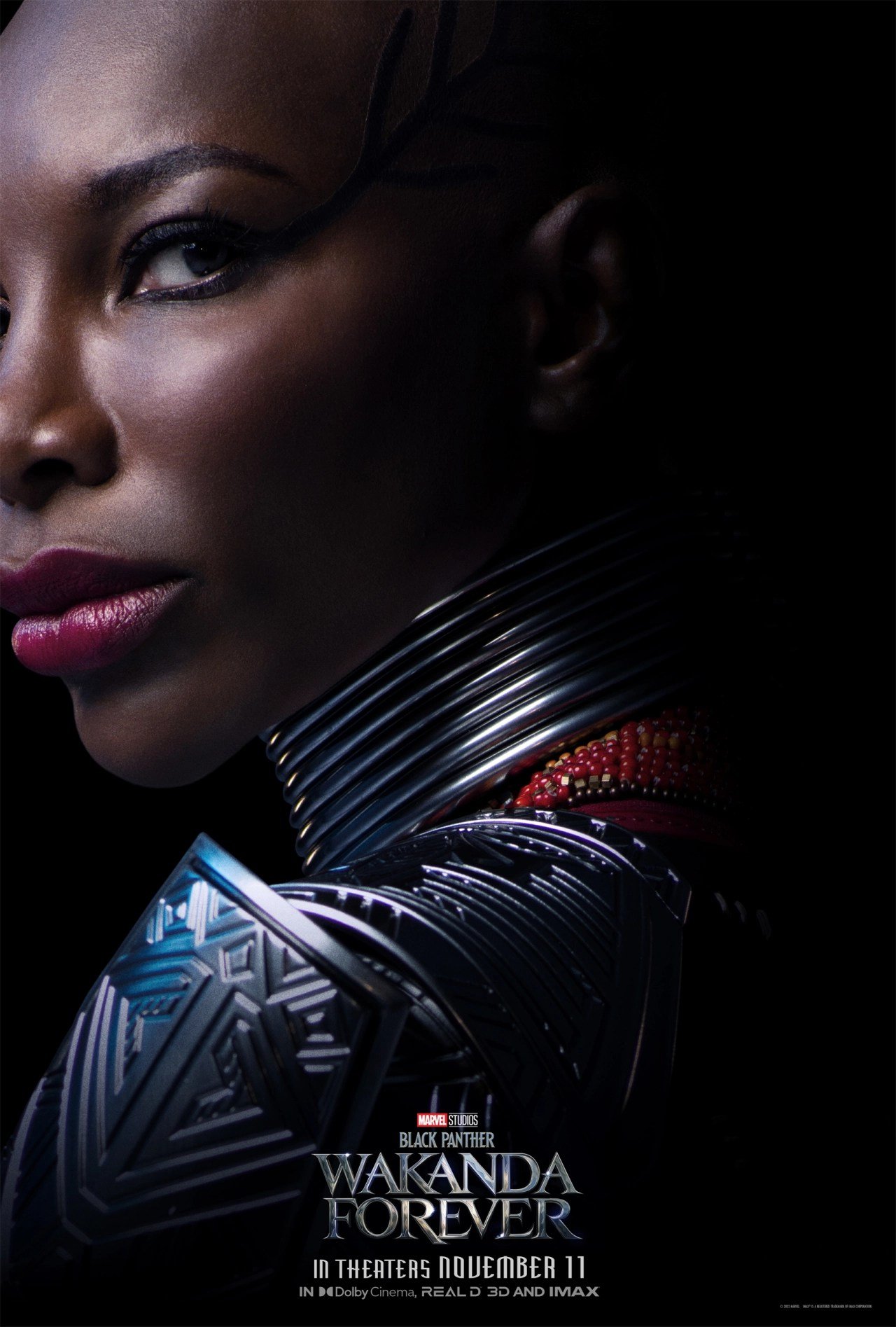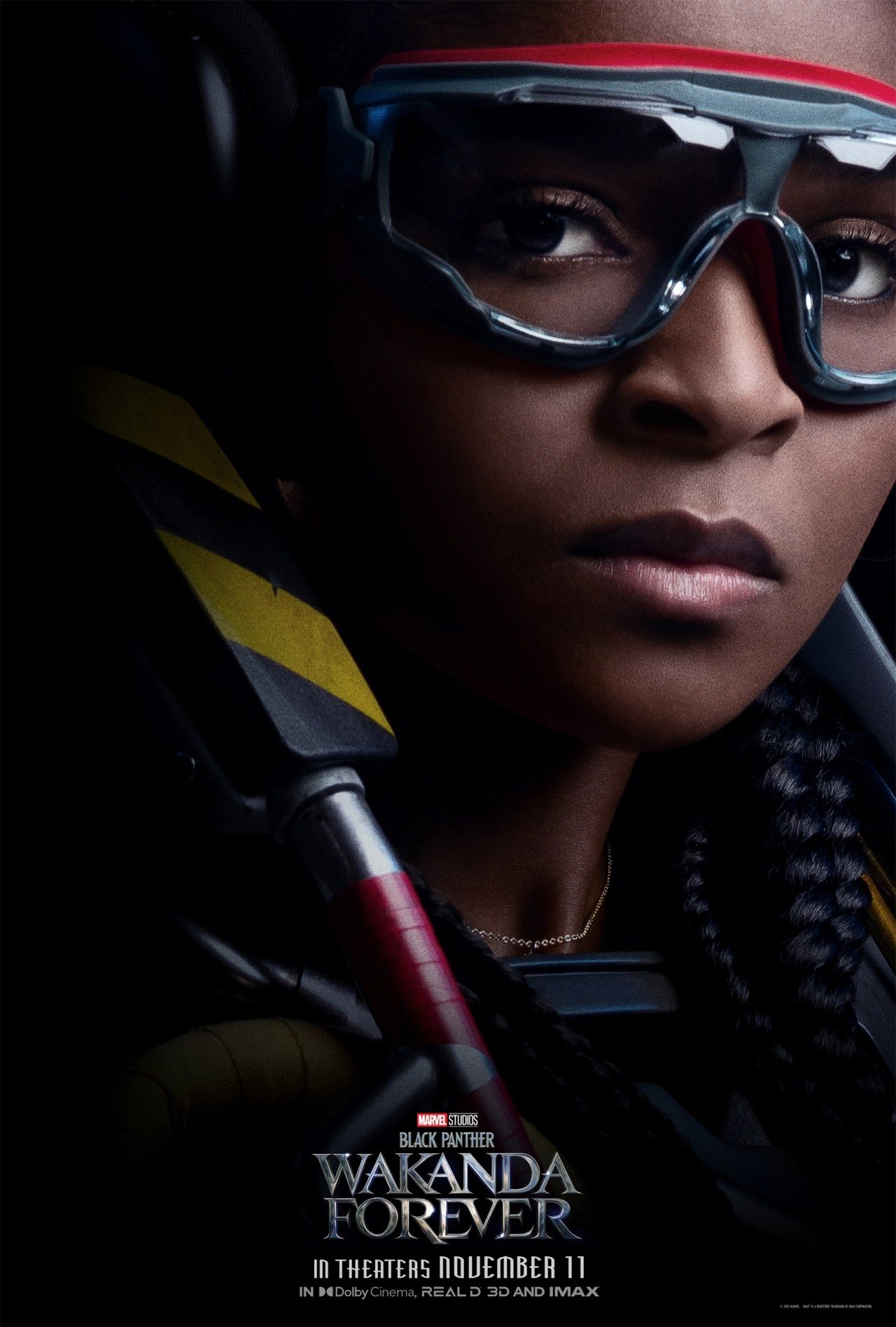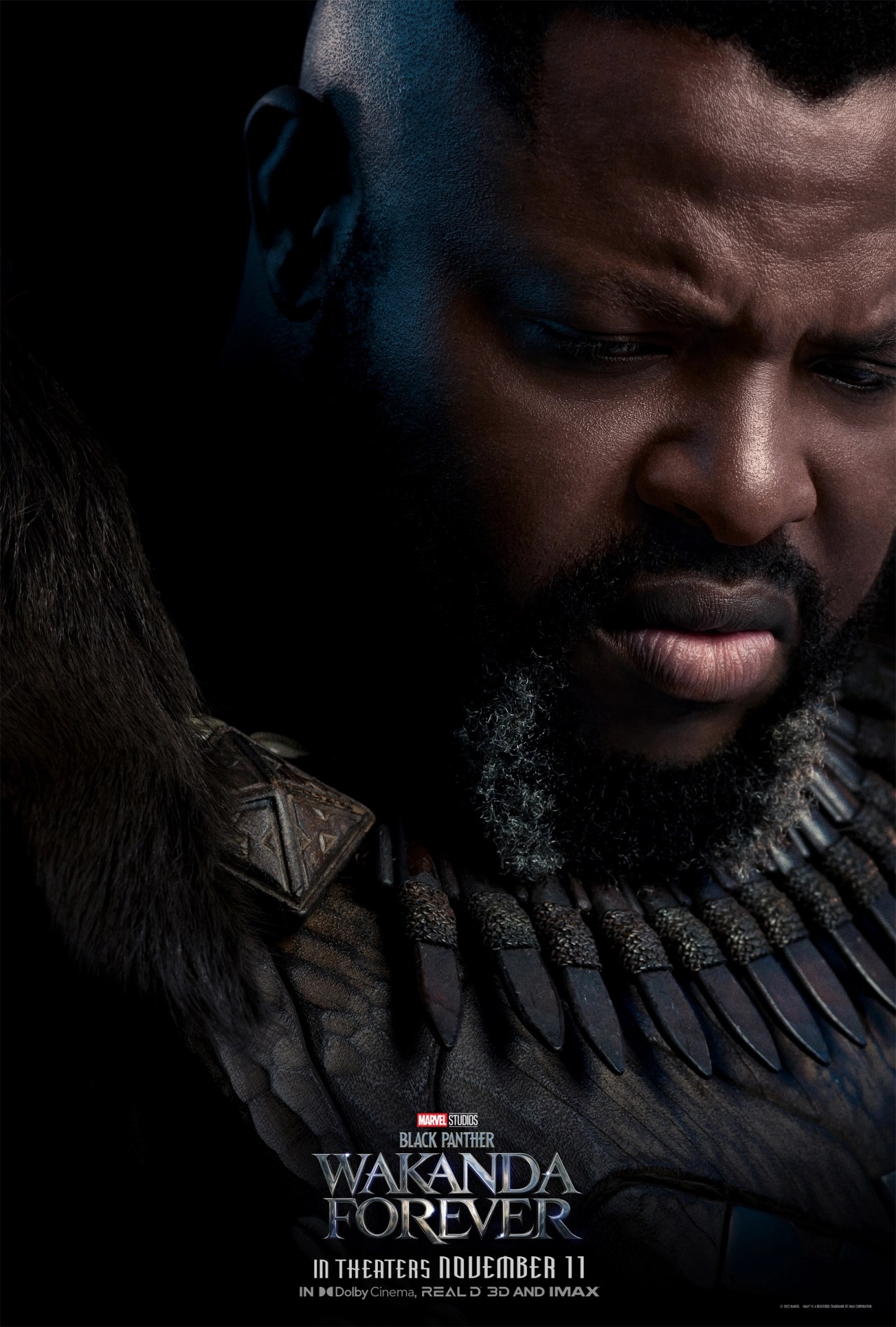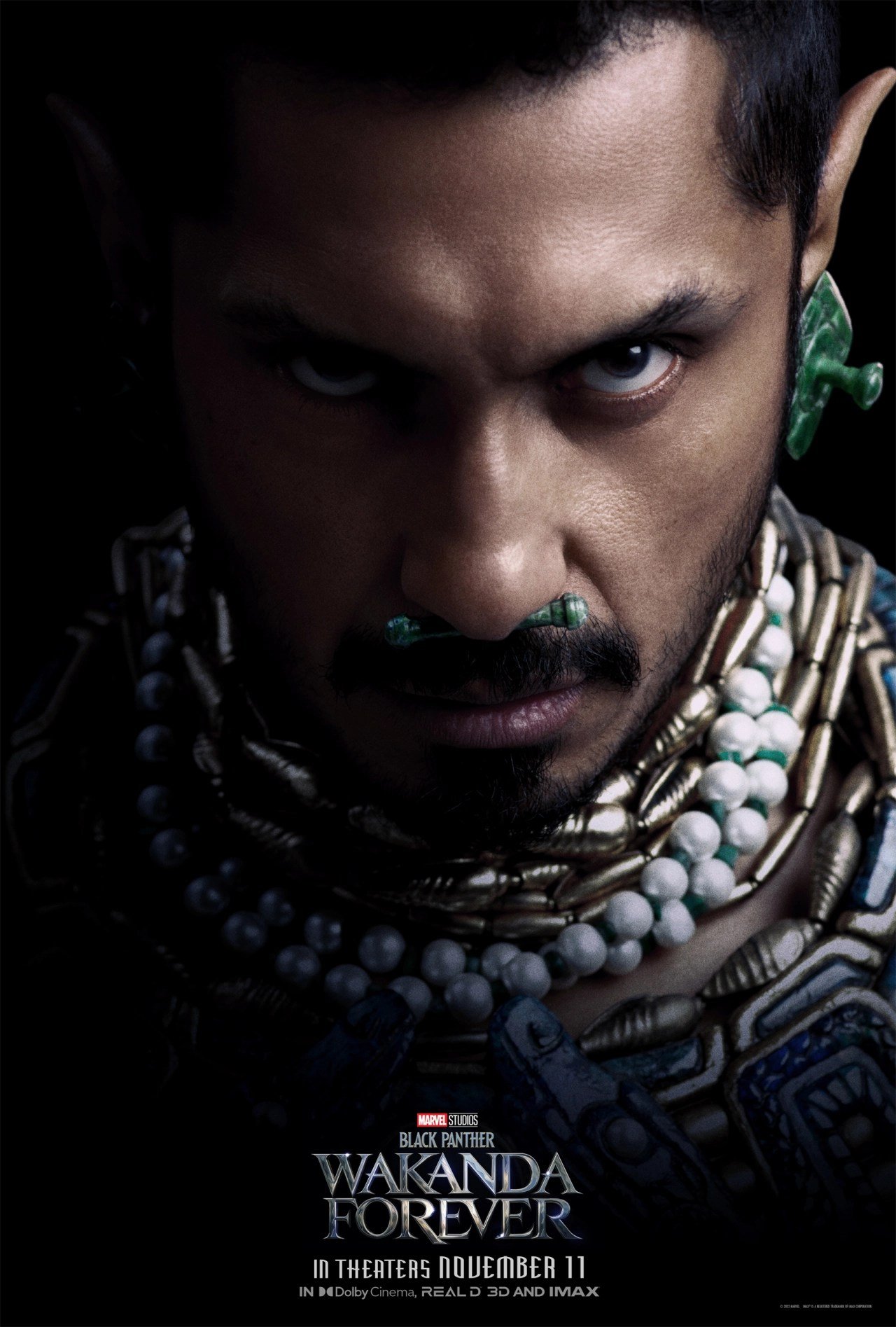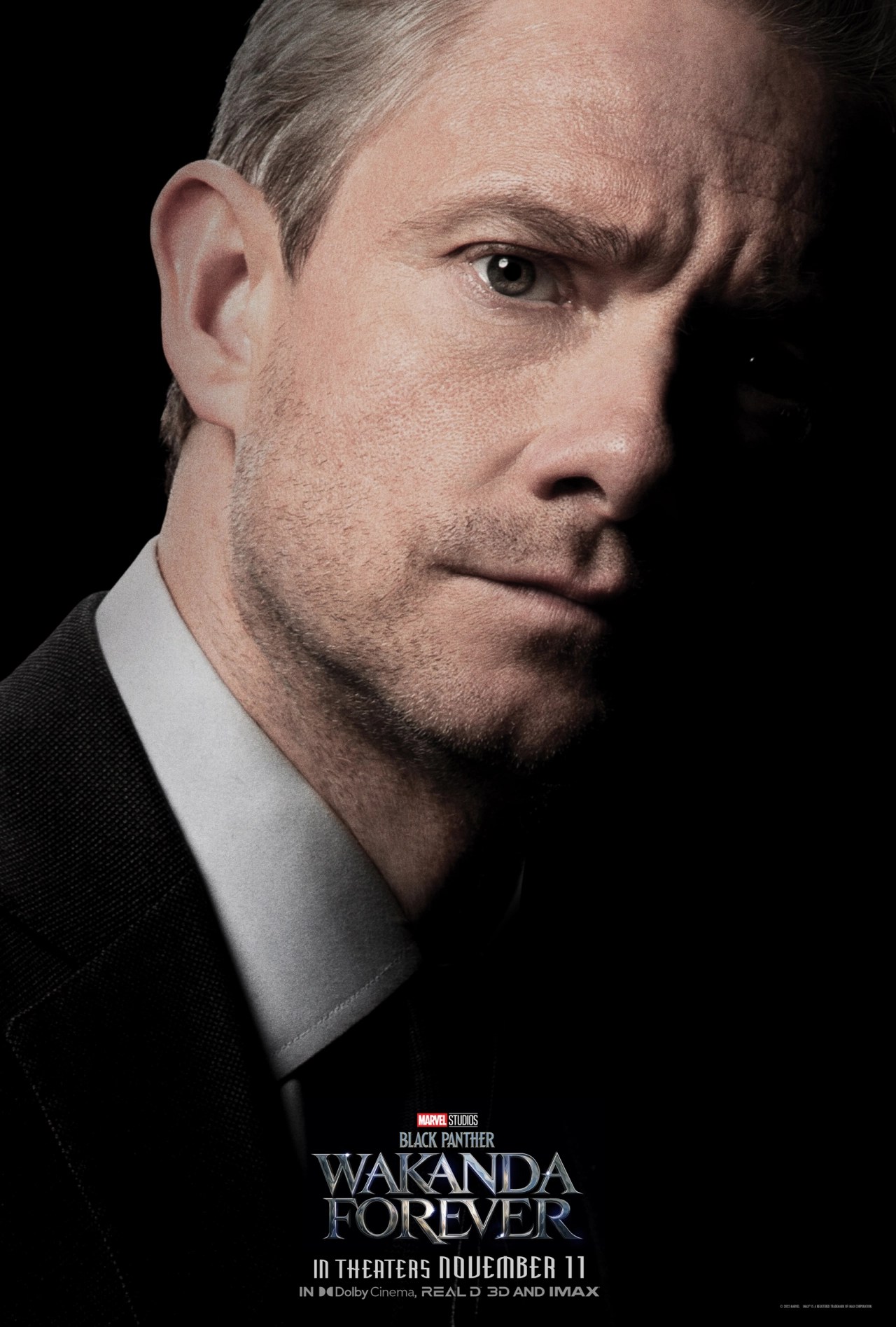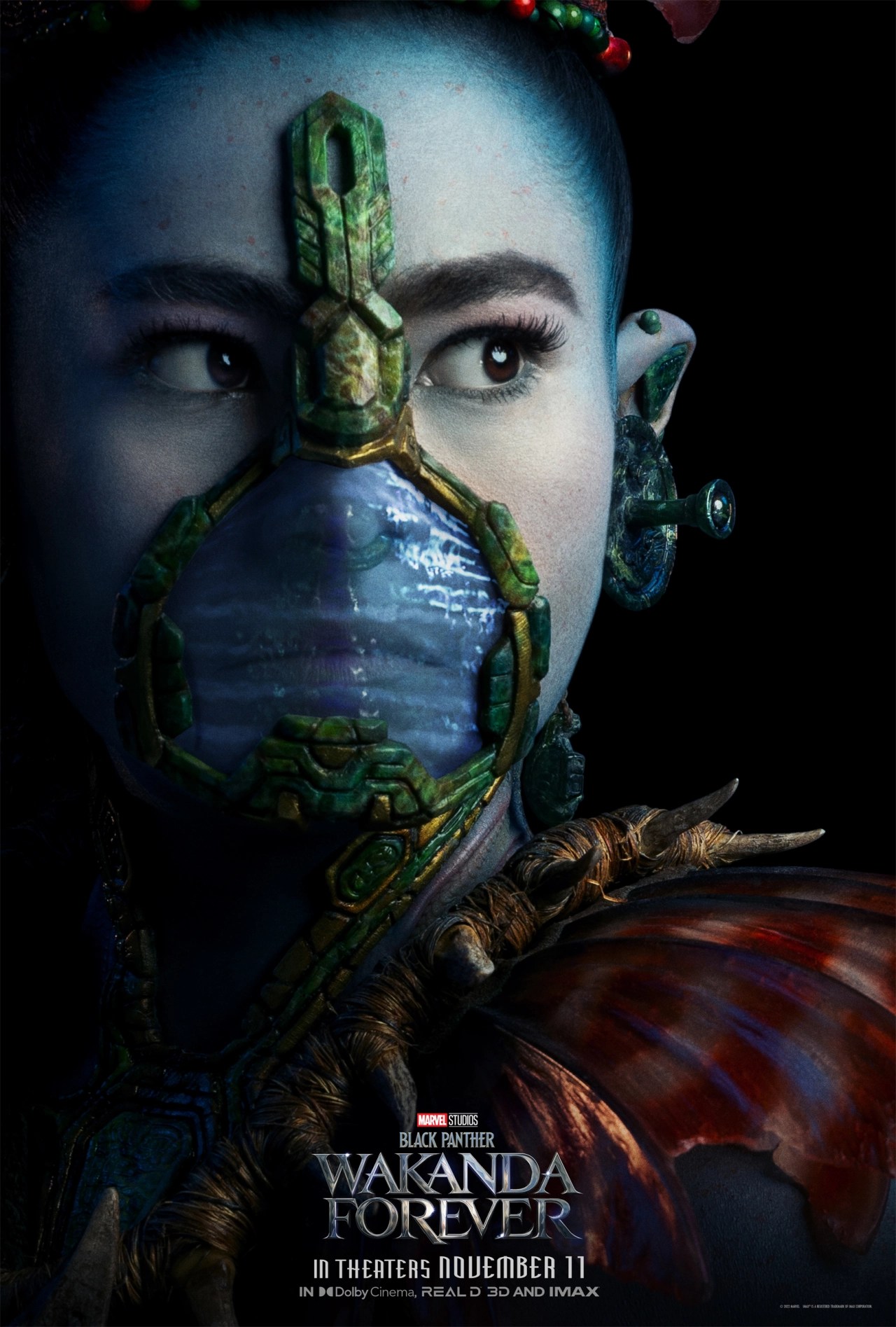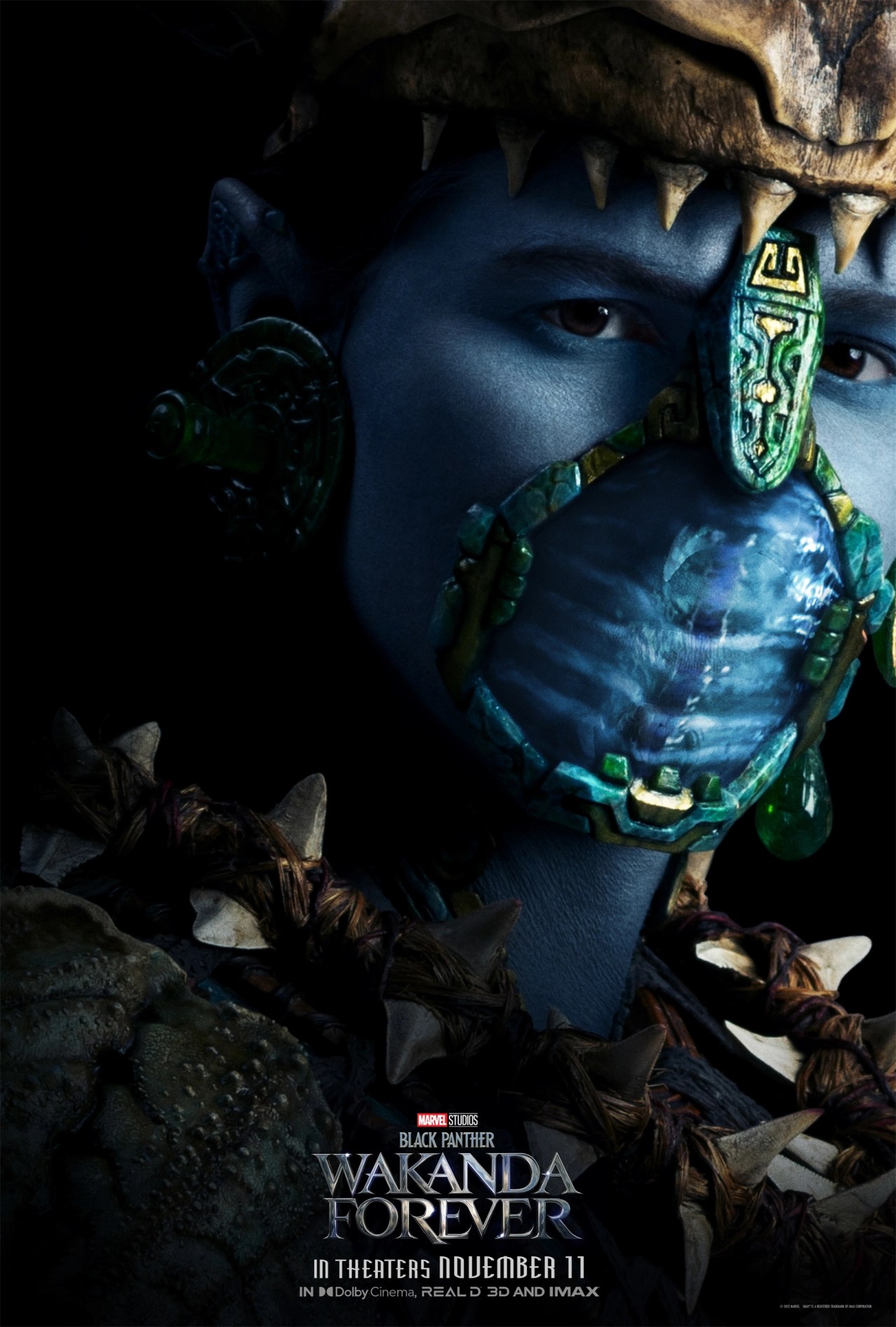Ryan Coogler’s choice to change Namor‘s origins from what they are in the Marvel comics brought with it an entire new set of challenges and thrills, in similar measure. Oscar-winning Black Panther: Wakanda Forever costume designer Ruth Carter called her work on the film “an experience of a lifetime,” both because of the deep dive into Mesoamerican culture and the literal deep dive underwater to create the best possible waterproof costumes for Namor and the Talokanil.
In an insightful interview with The Playlist, Carter explained what the process behind creating the garments for the Black Panther sequel was like. It all began with figuring out what materials would work when submersed, after Ryan Coogler first told her that his new film would be introducing Namor the Sub-mariner.
Carter said she put together a team consisting of “illustrators and assistants” in order to create early images that her director could draw inspiration from. “[We realized] how much we had to learn: ‘If we were going to show that they had vibranium, how would that be depicted in their costumes?’,” she told the website.
After the initial research, there was a lot of testing involved. Tenoch Huerta, who plays Namor in the film, tested his feathered serpent headdress in tanks, by “moving his mouth and turning back and forth and up and down.” Thankfully, the headdress wasn’t as heavy when submersed, because outside of the water, Carter revealed, “it was easily eight pounds.”
The different head pieces were initially crafted with real feathers which, despite looking beautiful underwater, were immediately ruined after one usage. As an alternative, Carter and her team created a headdress “with silicone kelp,” and brilliantly made the feathers look like fish fins instead, since “there are no birds underwater,” but that traditional element was still important to maintain. Then it was up to the film’s CGI crew to recreate the movement of actual fins and feathers in the water.
There was also the responsibility of respectfully portraying the Talokanil’s indigenous Mesoamerican origins, which was obviously reflected in their fashion. Carter laid out a few of the main elements that she discovered from her research which inspired her designs.
The ear flares

Carter said that in all of the stone sculptures that depict the Mayans, as well as the Aztecs, the subjects are wearing ear flares, particularly “jade ear spools.” So, she knew she had to include this accessory when creating the characterization of the Talokanil people, and Namor. “I felt like the costume was not complete until those ear spools were in place,” she said.
The Jade stone
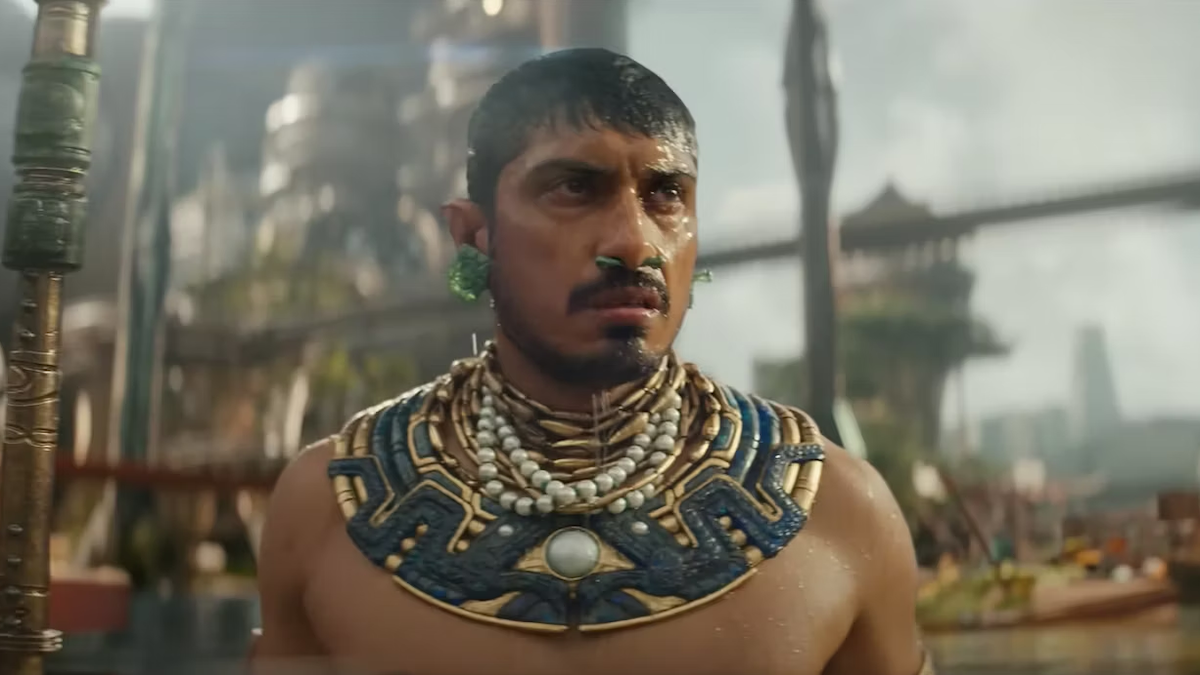
Like in the ear flares, the Jade stone was a “big” element in the costume design for this new secret world of the Talokan. For Carter, Jade was something that she felt her team “had to use in many forms.” As a result, the gemstone can be found all over the Talokanil costumes in various forms.
The Huipil
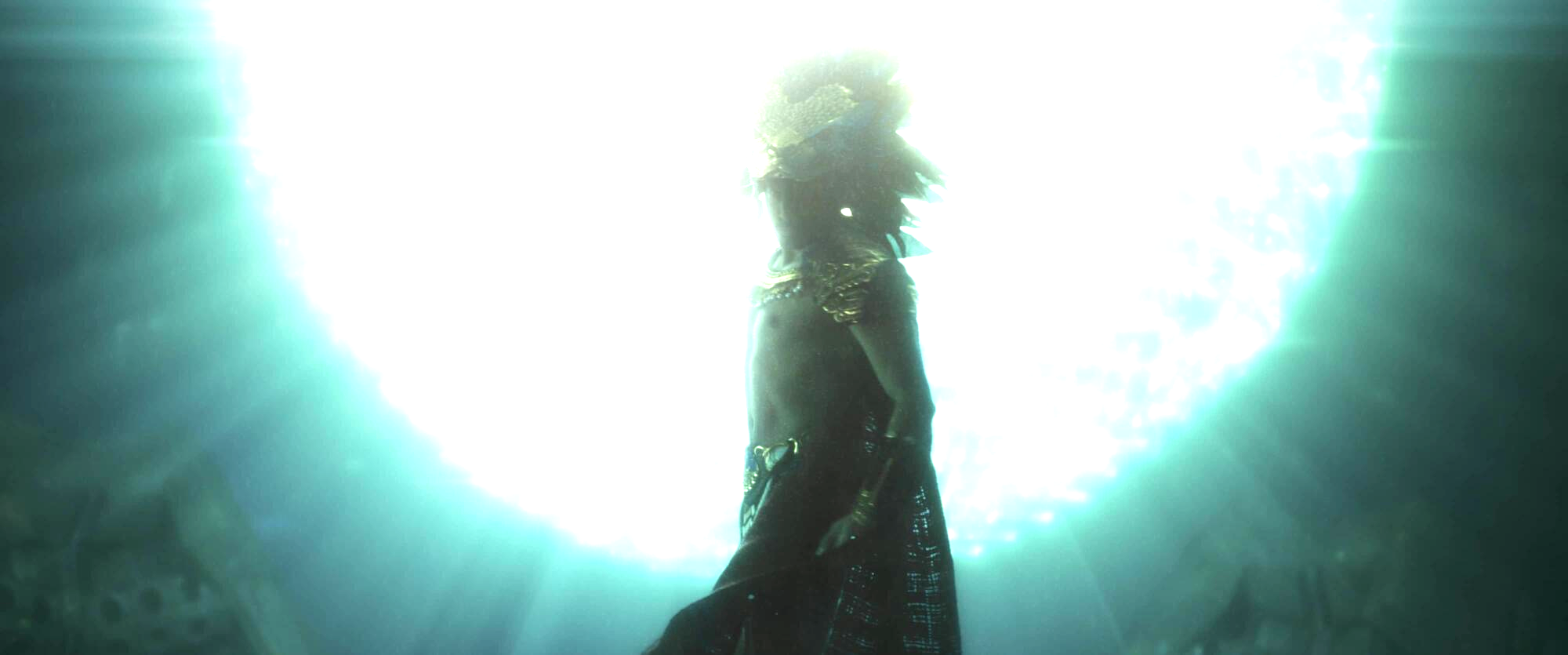
The Huipil is a traditional costume of the Central American region. It’s a hand-loomed loose-fitting tunic worn by Mesoamericans for centuries, dating back to the pre-colonial era. Carter worked the “horizontal cross-weaving” that can be found in the Huipil into the costumes for the film with “a lot of the fabrics and materials that were used.”
Rubber
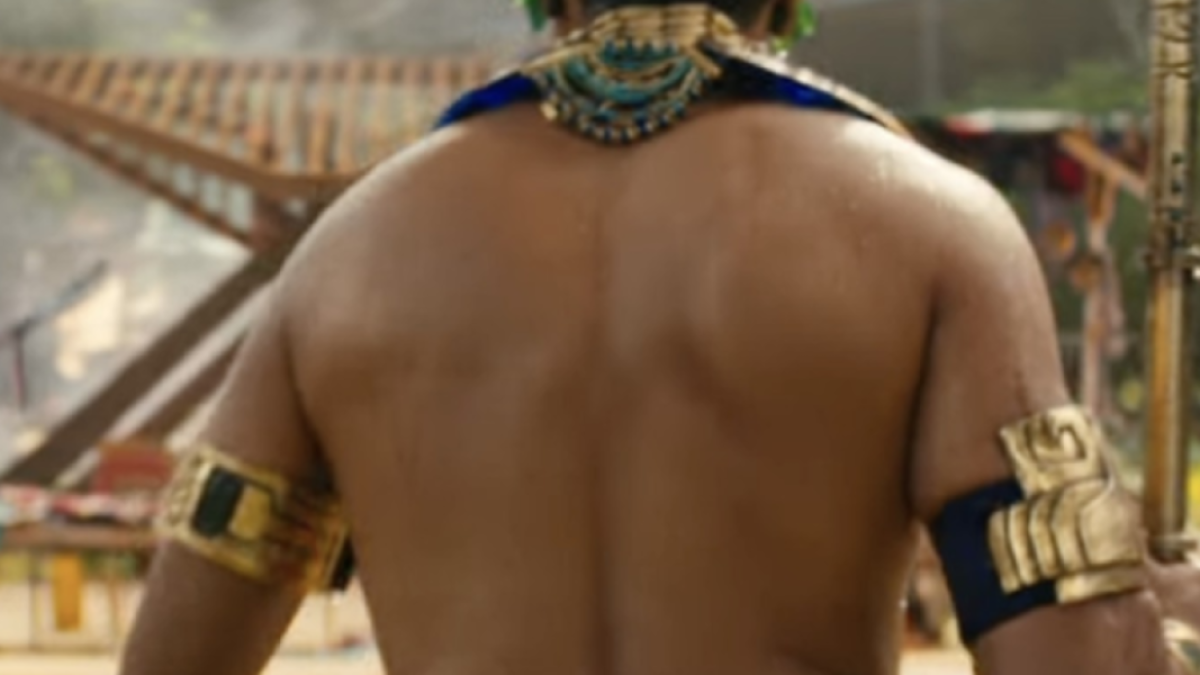
When Carter discovered that the Mayans had been using rubber since the 16th century, it made her job of creating functional underwater suits much easier. It added a new layer of historical realism, aligned with the practicality of using this material in the very specific Wakanda Forever submersed film sets.
“I was not shy about putting silicone into the costumes and just kind of getting that textural feel of this material that is unconventional for what you would think of when you think of the 16th century,” Carter told The Playlist. “Everything, you think, would be made of some other kind of organic matter, but we could use rubber. That was really exciting to me as well,” she added.
Carter won an Academy Award for her work in the first Black Panther film, becoming the first African-American costume designer to win the prestigious accolade. She had been nominated twice before, and her incredible work in Wakanda Forever will most likely be submitted by Marvel as well. She will also be joining the upcoming Marvel film Blade, continuing her fruitful collaboration with the studio.
You can marvel at Namor and the Talokanil’s wonderful costumes in Black Panther: Wakanda Forever, currently showing in theaters.

